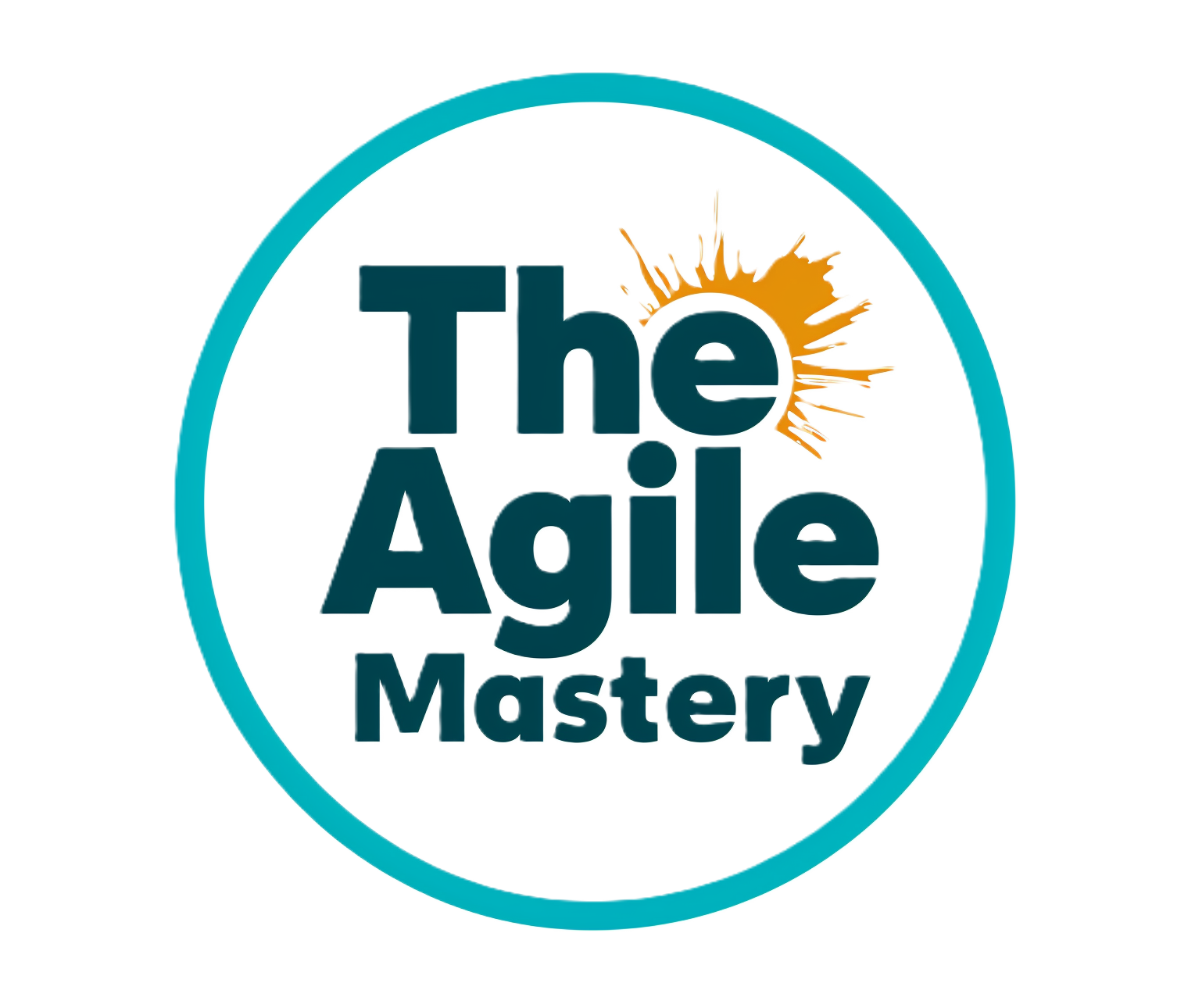In the realm of Agile methodologies, self-managing teams are drivers of innovation, collaboration, and efficiency. These teams, driven by a shared sense of ownership and autonomy, have the power to elevate projects, surpass expectations, and adapt to change with remarkable agility. Building and nurturing a self-managing team is not just a goal; it’s a journey that requires thoughtful cultivation, the right environment, and strategic support. In this comprehensive guide, we dive into the art of creating and sustaining self-managing Agile/Scrum teams, unveiling the essential steps, attributes, and benefits of this transformative approach.

The Essence of Self-Managing Teams: A New Paradigm
A self-managing team operates on principles of empowerment, accountability, and collaboration. Unlike traditional hierarchical structures, where decisions are top-down, self-managing teams take ownership of their work, make decisions collectively, and collaboratively navigate challenges.
Creating a Self-Managing Team: Essential Steps
Empowerment and Trust: Empower team members with the authority to make decisions related to their work. Establish a foundation of trust that enables individuals to exercise their judgment confidently.
Shared Vision: Define a clear, compelling vision that aligns with the team’s objectives. This unifying purpose guides decision-making and fosters a sense of direction.
Cross-Functional Expertise: Assemble a team with diverse skills and perspectives. Cross-functional collaboration ensures that tasks can be tackled collaboratively and comprehensively.
Autonomous Decision-Making: Encourage the team to make decisions autonomously, allowing them to prioritize tasks, allocate resources, and adapt their approach.
Ongoing Learning: Foster a culture of continuous learning and improvement. Provide opportunities for skill development and knowledge sharing within the team.
Nurturing a Thriving Environment: Supporting Self-Managing Teams
Effective Communication: Encourage transparent and open communication. Regular check-ins, feedback sessions, and open forums promote understanding and collaboration.
Servant Leadership: Management plays a role of support rather than command. Serve the team by removing obstacles, providing resources, and enabling their autonomy.
Trust and Psychological Safety: Build a foundation of trust and psychological safety. Team members should feel comfortable expressing ideas, sharing concerns, and proposing solutions without fear of repercussions.
Clear Goals and Alignment: Ensure that the team’s objectives align with larger organizational goals. This clarity provides context and direction for the team’s efforts.
Attributes of a Successful Self-Managing Team:
Ownership: Team members take ownership of their tasks and outcomes, displaying a sense of responsibility that drives their decisions and actions.
Collaboration: Teams thrive on collaboration, valuing diverse perspectives and leveraging each member’s strengths to achieve collective success.
Adaptability: Self-managing teams are agile in responding to change. They embrace flexibility, adjusting their strategies to evolving circumstances.
Benefits of Self-Managing Teams:
Enhanced Innovation: Self-managing teams foster an environment where creativity flourishes. Members feel empowered to explore new ideas and approaches.
Increased Accountability: Members hold themselves and each other accountable, ensuring a higher level of commitment to achieving team objectives.
Faster Decision-Making: Autonomous decision-making accelerates the pace of work, reducing bureaucracy and enabling faster responses to challenges.
Boosted Morale: Autonomy and trust empower team members, boosting morale and job satisfaction.
Operating as a Self-Managing Team:
Shared Responsibility: Team members share the responsibility of decision-making, planning, and execution, avoiding reliance on a single authority figure.
Collaborative Problem-Solving: Challenges are approached collaboratively. Team members collectively analyze issues, propose solutions, and implement improvements.
Continuous Learning: Teams emphasize continuous learning. Lessons from successes and failures are shared, and processes are adapted for ongoing improvement.
Pioneering Excellence with Self Managing Teams
Building and nurturing self-managing Agile teams is a journey that transcends traditional structures. By fostering empowerment, trust, collaboration, and a culture of continuous learning, organizations create an environment where teams thrive, innovation flourishes, and value delivery becomes a shared passion. Embrace the power of self-managing teams, and embark on a transformative path towards achieving unparalleled agility, excellence, and success. Its another step to The Agile Mastery

3 replies on “Self Managing Teams: how to build and nurture”
[…] standards, testing, documentation, integration, and deployment. Importantly, it has to be agreed by self managed team members, not imposed by […]
[…] Agile teams can estimate work using various methods, each with its advantages and appropriate use cases. The three most common methods are Story Points, T-Shirt Sizes, and Time-Based Estimation. […]
[…] members are aligned and understand what needs to be accomplished. One essential tool that helps Agile teams achieve this clarity is the Definition of Ready (DoR). While the Definition of Done (DoD) sets the […]